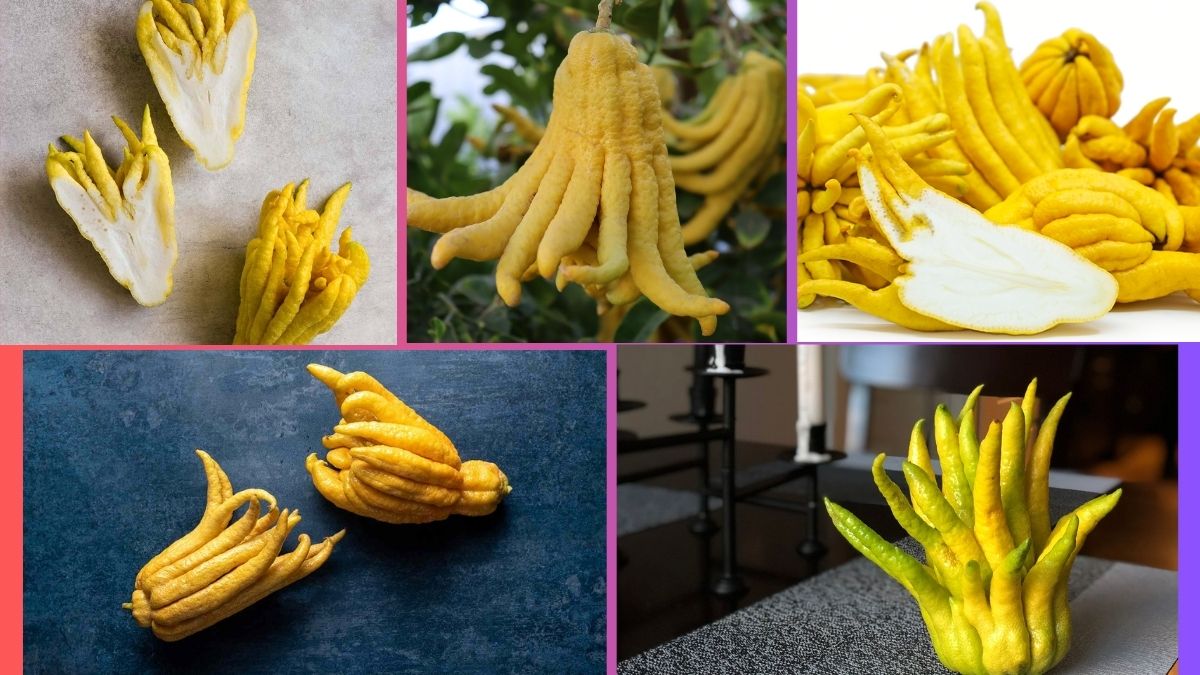The Buddha’s Hand (Citrus medica var. sarcodactylis), also known as the fingered citron, stands out for its unique hand-like form and intense fragrance. Revered in East Asian cultures as a symbol of longevity, happiness, and good fortune, this citrus fruit has thrived both as a traditional staple and a niche luxury item. But which country leads the world in its cultivation? The answer lies in China.
This article explores the origins, uses, cultivation trends, and production data of Buddha’s Hand, culminating in a clear picture of global production leadership.
Origins & Cultural Importance
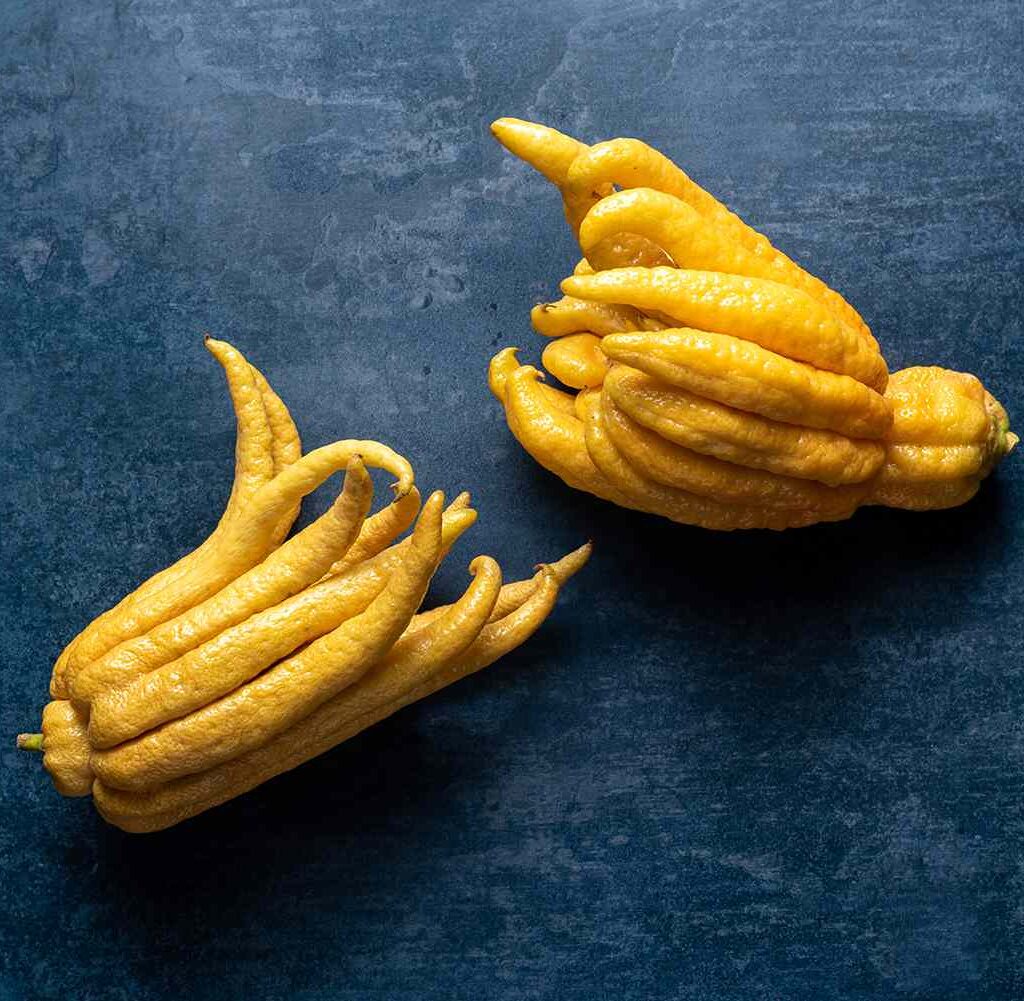
Native to northeastern India, Buddha’s Hand made its way to China via Buddhist monks and cultivation began centuries ago in regions like the Yangtze Valley ([turn0search2]). It soon became integral to Chinese and Japanese traditions—used as temple offerings, New Year gifts, and fragrant home décor ([turn0search3], [turn0search1]). In China, the fruit is called “fo-shou” and is celebrated for symbolic and aromatic value ([turn0search1]).
Where Is Buddha’s Hand Grown Today?
Today, Buddha’s Hand is cultivated in:
- China
- Japan
- United States (California)
- Spain (Malaga region)
- Australia
Cultivation occurs both on traditional farms and at boutique scales in specialty nurseries and home gardens worldwide.
China: World’s Leading Grower
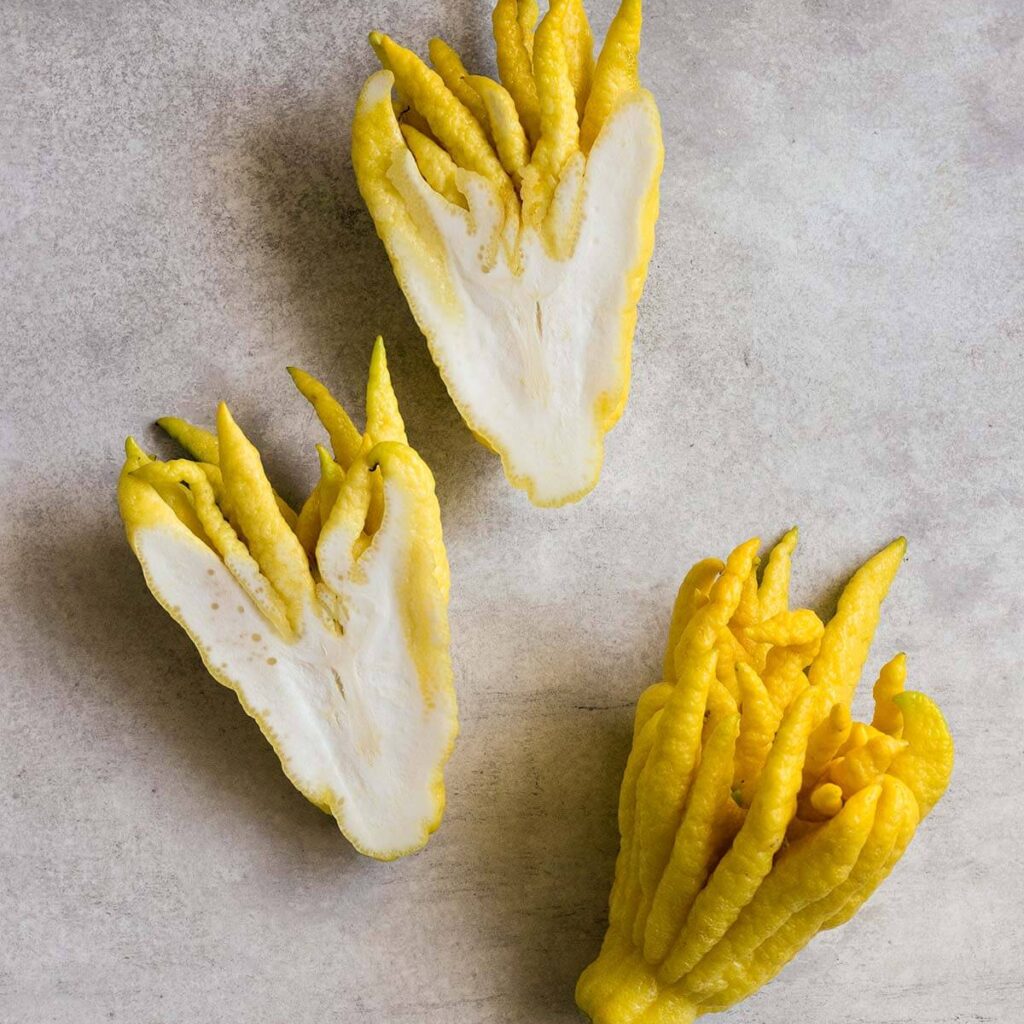
China is the largest producer of Buddha’s Hand citrus, with key strengths in scale, variety, and tradition.
Production Scale
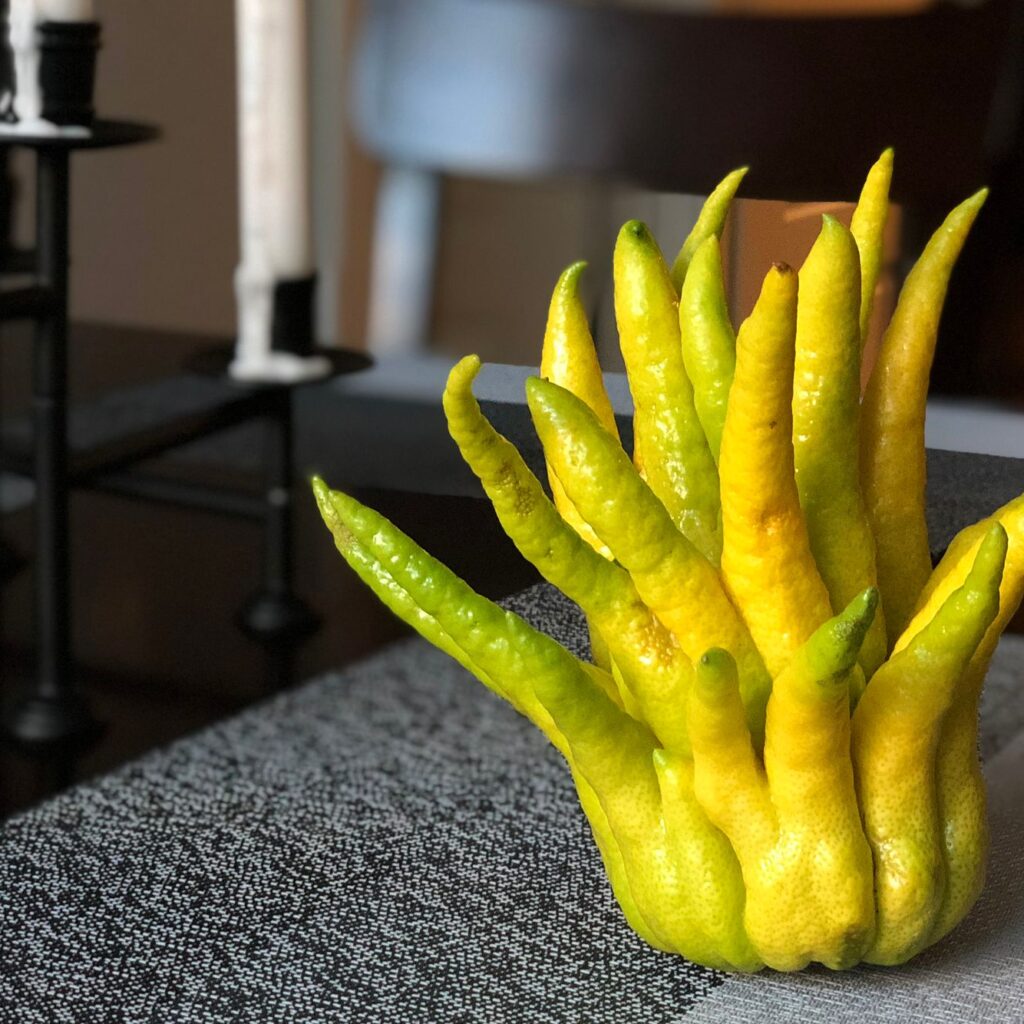
- China cultivates around 2,000 hectares of Buddha’s Hand, especially in Zhejiang province near Jinhua and parts of Yunnan ([turn0search0]).
- Multiple local sub-varieties (such as Muli and Xiangyanggo) are cultivated, adapted to different uses from culinary to bonsai ornamentals ([turn0search0]).
Cultural & Economic Significance
- Besides symbolic use in Buddhist temples, Buddha’s Hand is used to perfume homes, infuse tea and liquor, and decorate dining areas during festivals ([turn0search1], [turn0search3]).
- Farmers often grow it as a premium orchard crop, fetching high prices—over 10 EUR per fruit in markets like Spain when imported ([turn0search6]).
- The fruit’s demand for aroma, ornamentation, and culinary novelty drives economic incentives.
Culinary and Aromatic Uses
- Primarily used for zest and fragrance, as the fruit lacks pulp or juice ([turn0search1], [turn0search10]).
- Chefs, mixologists, and bakers use the peel to flavor cocktails, desserts, and sophisticated dishes ([turn0search1], [turn0search2], [turn0search10]).
- Candied rind is popular in Asia as a delicacy or garnish ([turn0search4], [turn0search1]).
Global Demand
China is the hub of Buddha’s Hand consumption and export. Some are sold fresh while others are processed into candied peels, zest, oils, or fragrant sachets. The fruit is also exported to neighboring Asian markets and into the diasporic Chinese community ([turn0search7]).
Notable Other Producers
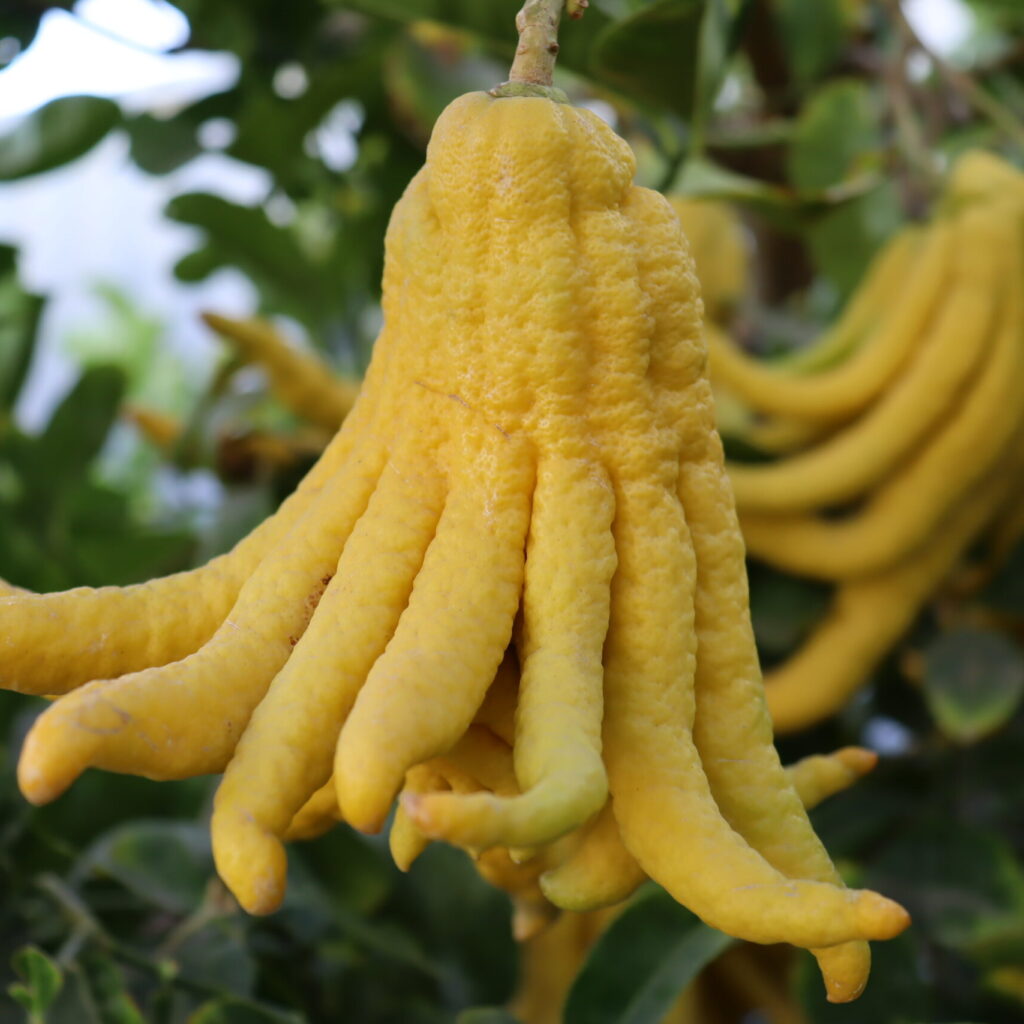
Japan
Cultivated mainly for ornamental and ceremonial use, especially during New Year. Several specialty varieties exist, appreciated for fragrance and appearance ([turn0search1], [turn0search11]).
United States – California
Introduced in the 19th century, but modern commercial production is small—about 10 hectares in California as of 2008—sold at farmers’ markets and high-end grocers ([turn0search0], [turn0search1]).
Spain (Malaga)
Specialty farmers grow small volumes for local niche markets, selling individual fruits up to 10 EUR apiece at markets like Atarazanas in Malaga ([turn0search6]).
Australia
A niche citrus grown by small producers; farmers like Mike Arnold have around 250 trees, selling domestically for up to $25/kg, also exporting some ([turn0search5]).
Despite these smaller efforts, none approach China’s scale regarding area or output.
Why China Leads Buddha’s Hand Production
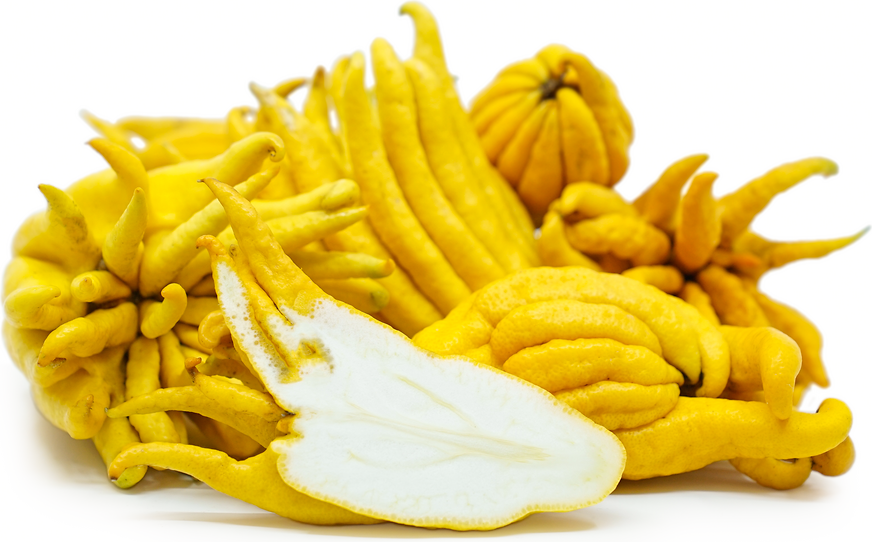
1. Native Habitat & Climate
China’s subtropical regions—like Zhejiang and Yunnan—offer ideal conditions for Buddha’s Hand cultivation ([turn0search0], [turn0search9]).
2. Deep Cultural Integration
For centuries, the fruit has held religious, decorative, and ceremonial importance, ensuring stable domestic demand ([turn0search3], [turn0search1]).
3. Diverse Cultivars
China has developed at least a dozen unique subvarieties, adapted for different markets—from ornamental bonsai to kitchen zest ([turn0search0], [turn0search1]).
4. Economic Incentives
Higher-than-average citrus prices and multifunctional use (culinary, aromatherapy, religious) make cultivation economically attractive—especially in urban regions and during festivals.
Health, Aroma & Culinary Benefits
Buddha’s Hand fruit, though pulp-less, is rich in essential oils and vitamin C:
- Health benefits: Promotes immunity, collagen production, digestive health, and anti-inflammatory effects ([turn0search1], [turn0search8]).
- Aromatic applications: Its intense citrus‑lavender scent is used in potpourri, sachets, perfumes, and even room fresheners ([turn0search1], [turn0search3]).
- Culinary appeal: Zest is used to flavor dishes, cocktails, baked goods; rind is candied or infused into alcohol (e.g., “Buddhacello”) ([turn0search2], [turn0search7], [turn0search10], [turn0reddit20]).
Production & Consumption Challenges
- Labour-intensive harvesting: Each fruit must be handled carefully to maintain perfect shape.
- Shelf-life limitations: Whole fruits can last 1–2 weeks at room temperature, slightly longer refrigerated ([turn0search1]).
- Cultivation sensitivity: Frost-sensitive and susceptible to fungal diseases, especially in humid environments ([turn0search9], [turn0search8]).
Future Outlook
Demand is growing globally among:
- Gourmet chefs and mixologists seeking unique flavors.
- Health-conscious consumers interested in natural antioxidants.
- Cultural markets requiring ceremonial fruits.
China is positioned to expand processing capacity, diversify products (candied peel, fragrances, essential oils), and potentially increase exports—asserting itself as the undisputed global leader.
Conclusion
So, which country is the largest Buddha’s Hand producer globally?
While pockets of cultivation exist worldwide, China stands far above all others. With 2,000 hectares under cultivation, multiple elite varieties, centuries of cultural integration, and robust domestic demand, China is the premier producer of this fragrant, iconic citrus.
Japan, California, Spain, and Australia offer niche production and boutique markets—but none rival China’s scale, heritage, or variety.
As interest in fragrant, ornamental, and functional fruits continues to rise, China’s Buddha’s Hand sector is poised to flourish even more—blossoming symbolic, sensory, and economic appeal for years to come.
